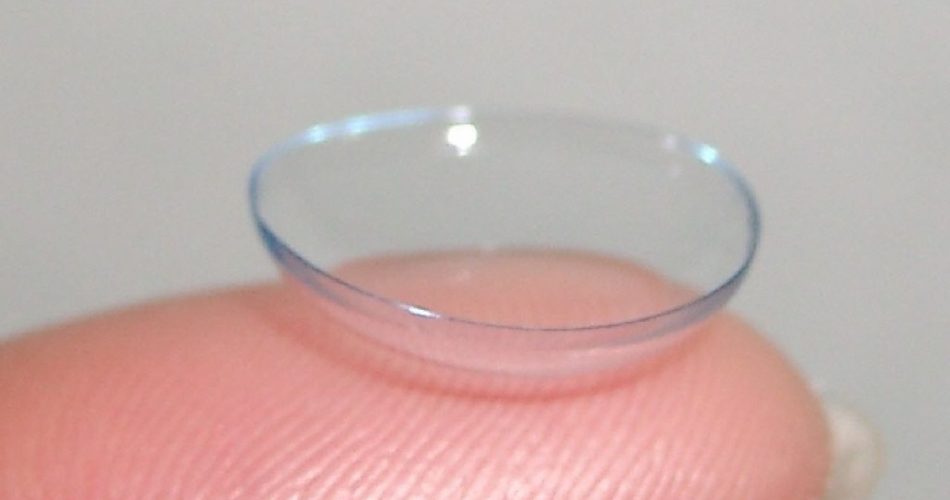
Scientists in Singapore have made a groundbreaking discovery in the field of smart contact lenses. While tech giants like Apple and Meta are competing to develop “smart” glasses, researchers in Singapore have found a way to create a battery that could revolutionize smart contact lenses.
One of the main challenges for scientists was finding a safe and effective way to power these lenses. Their solution came in the form of a tear-fluid-charged, ultra-thin battery. This innovative battery would allow the lenses to transmit computer information or augmented reality displays directly into the wearer’s eyes.
What makes this battery even more remarkable is that it is powered by tears. According to reports from Yahoo and New Atlas, the battery harnesses the power of tear fluid to generate electricity. This breakthrough technology could pave the way for the development of smart contact lenses that are powered by human tears.
In recent years, electronically augmented contact lenses have been developed for various purposes, such as monitoring glaucoma, delivering eye medication, and projecting augmented-reality imagery. However, the way these devices are currently powered is far from ideal.
The most common battery charging system for smart contact lenses involves metal electrodes, which can be harmful if exposed to the naked human eye. Another method, induction charging, requires a metal coil in the lens to transmit power. Both of these approaches have limitations and potential risks.
To overcome these challenges, scientists from Nanyang Technological University in Singapore developed a flexible battery as thin as a human cornea. This battery stores electricity when immersed in a saline solution, such as tear fluid. The enzyme in the battery reacts with the sodium and chloride ions in the tear fluid, generating an electrical charge within the water in the battery. In essence, the water serves as the “wire” or “circuitry” for electricity generation.
The battery is made from biocompatible materials and does not contain wires or toxic heavy metals like lithium-ion batteries or wireless charging stations. It also has a glucose-based coating that reacts with the sodium and chloride ions in the surrounding saline solution.
In lab tests using a simulated human eye and tear solution, researchers found that the battery’s lifespan could be extended by an additional hour for every 12-hour wearing cycle. They recommend placing the lenses in a saline solution overnight for at least eight hours to ensure they are fully charged in the morning.
This groundbreaking technology has the potential to revolutionize the field of smart contact lenses. It offers a safe and efficient way to power these devices without the need for harmful materials or complex charging systems.
While the development of these smart contact lenses is still in its early stages, this discovery brings us one step closer to a future where our tears could power cutting-edge wearable technology.

